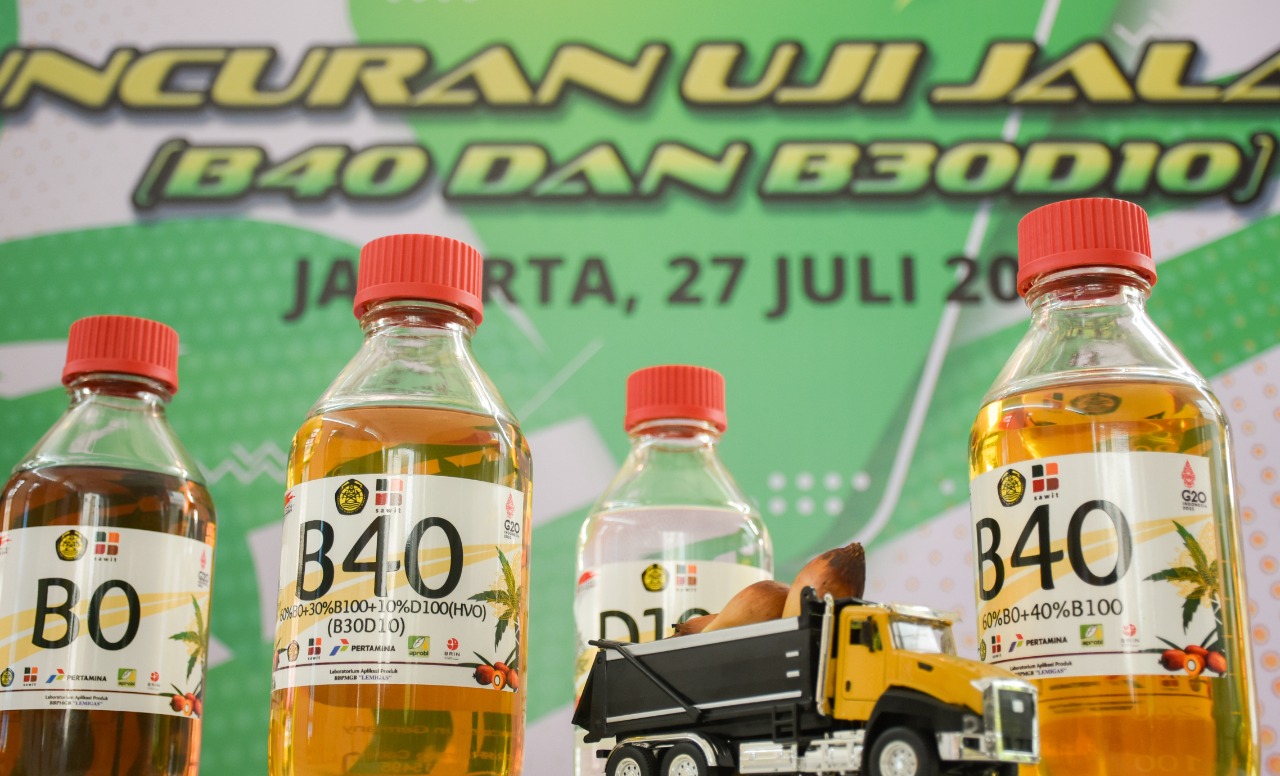January HBA Falls to USD158.50 per tonne
MINISTRY OF ENERGY AND MINERAL RESOURCES
REPUBLIC OF INDONESIA
PRESS RELEASE
NUMBER: 7.Pers/04/SJI/2022
Date: 6 January 2022
January HBA Falls to USD158.50 per tonne
The Indonesian Coal Benchmark Price (HBA) in January 2022 was corrected to USD158.50 per tonne. This is a downward slide of USD1.29 per tonne from the December 2021 HBA of USD159.79 per tonne. The fall has among others been triggered by an increase in domestic coal production by China.
"The Chinese government has made every effort to increase coal production so as to meet their domestic demands, resulting in an increased stock of coal in the country," said Head of Bureau of Communication, Public Information Services, and Cooperation of the Ministry of Energy and Mineral Resources (EMR), Agung Pribadi, in Jakarta on Thursday (6/1).
Throughout 2021, the HBA saw a fairly rapid increase, and even reached its highest level in the last decade. Opened at USD75.84 per tonne in January, HBA rose in February to USD87.79 per tonne, then fell in March to USD84.47 per tonne. Furthermore, HBA continued to increase continuously, namely to USD86.68 per tonne in April, USD89.74 per tonne in May, USD100.33 per tonne in June, USD115.35 per tonne in July, USD130.99 per tonne in August, USD150.03 per tonne in September, USD161.63 per tonne in October, and in November 2021 the HBA hit USD215.01 per tonne. However, the benchmark price weakened to USD159.79 per tonne in December.
For the record, the HBA refers to an average price of four indeces, namely Indonesia Coal Index (ICI), Newcastle Export Index (NEX), Globalcoal Newcastle Index (GCNC), and Platt's 5900 of the previous month, with a quality made equivalent to 6,322 kcal per kg GAR, Total Moisture 8%, Total Sulphur 0.8%, and Ash 15%.
The HBA is used for direct (spot) trade of coal commodities for the whole month on a Free-on-Board (FOB) basis.
There are two derivative factors influencing the HBA movement, namely supply and demand. The derivative factors of supply include season, mine technicalities, policies of the supplying countries, and supply chain technicalities such as train, barge, and loading terminal.
Meanwhile, the derivative factor of demand is a lower demand for electricity due to industry condition, import policies, and competition with other energy commodities such LNG, nuclear, and hydro. (IY)
Head of Bureau of Communication, Public Information Services, and Cooperation
Agung
Pribadi (08112213555)
Share This!






